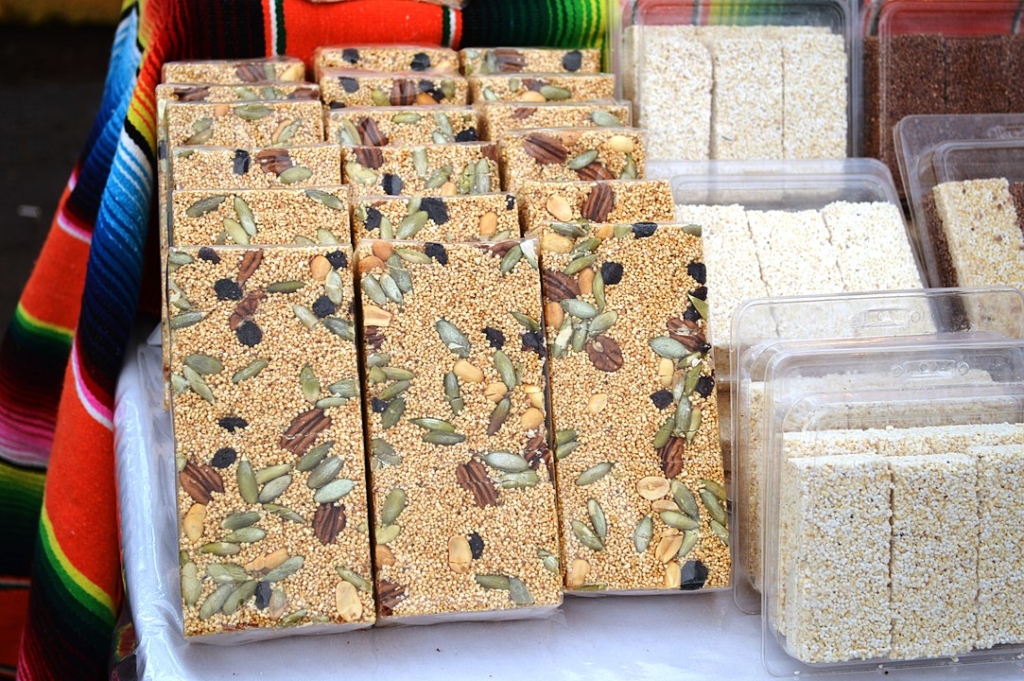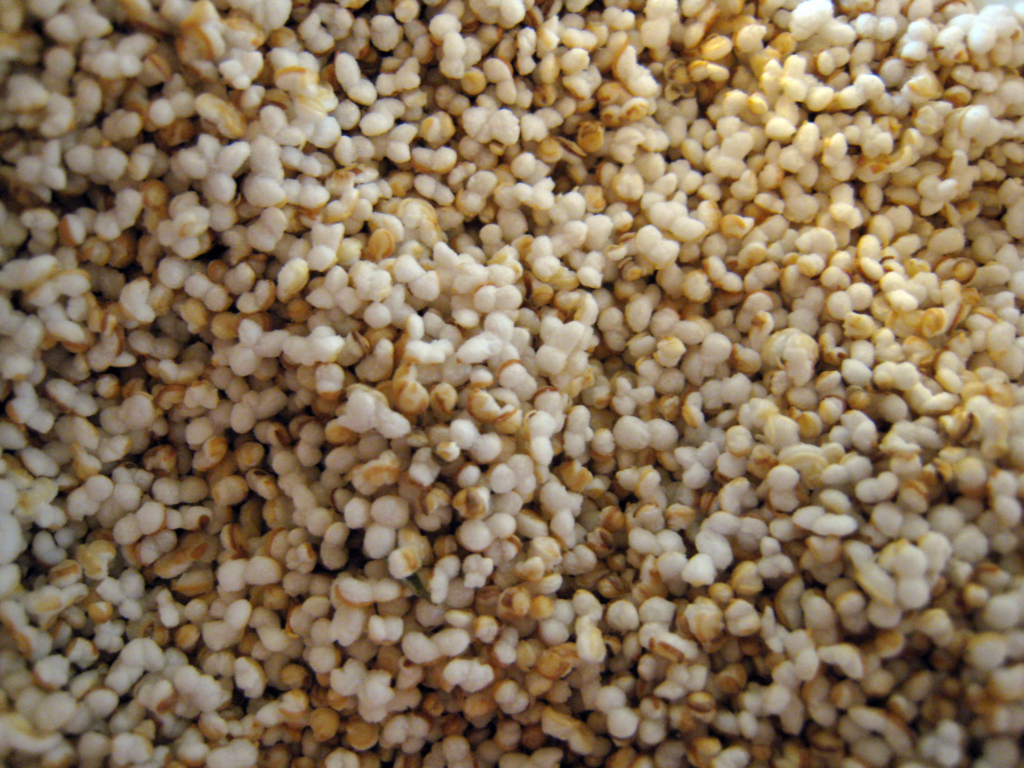Earthy and sweet, amaranth can be used in a variety of ways. Whether puffed into crisp cereal or cooked down to make a hearty porridge, there’s a lot you can do with this ancient grain.
History
Though technically a seed, amaranth is considered a pseudo-grain or pseudo-cereal because of how it’s prepared and eaten. Amaranth has been around for over 8,000 years and was widely consumed by the people of the Aztec Empire, both as a staple food and as part of religious rituals.

Today, amaranth is primarily consumed in Mexico, where it’s often made into a traditional cereal bar called alegria. It’s also picking up popularity in the United States thanks to its unofficial status as a superfood.
Flavor and Texture

Amaranth is nutty, malty, and sweet. Though its taste is comparable to other whole grains such as brown rice or quinoa, it has an earthy, almost grassy, undertone that sets it apart.
Texture-wise, cooked amaranth has two distinct forms. When cooked in liquid, it takes on a sticky and gelatinous consistency with a slight bite in the center. Amaranth can also be popped like popcorn in dry heat to create a delightfully light and crunchy texture.
Uses
Amaranth can be used in both sweet and savory dishes. Remember that the body cannot digest raw amaranth, so be sure to cook it before consuming.
Simmered amaranth is texturally similar to porridge and makes a wonderful breakfast when topped with fruits, nuts, and your preferred flavorings. Incorporate amaranth in small amounts to soups and stews to create a velvety and viscous mouthfeel. It also makes a wonderful side dish when cooked with other grains. Amaranth that’s been popped in a skillet or in the oven, meanwhile, can be sprinkled over salads for added crunch or used as a crispy breading.
Take note of amaranth’s distinctive taste when pairing it with other ingredients. Echo its nuttiness with other whole grains, seeds, and nuts or its natural sweetness with raw sugar or honey. The earthiness of amaranth can be off-putting to some, so complement it with bright citrus flavors like blood orange or rich ones like feta cheese.



